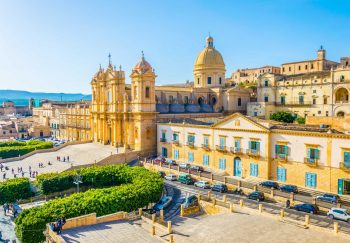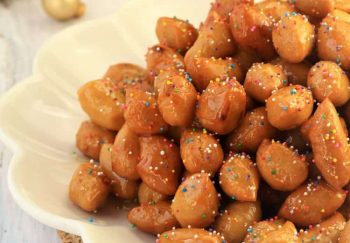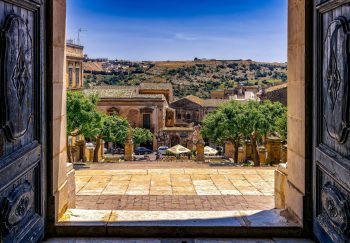The origins of the opuntia ficus indica (the botanical name for the prickly pears) can be dated to the 15th century when they were brought from South Central America in Sicily.
This plant was able to establish itself in the classic Sicilian landscape by integrating well into rocks and lava fields over the years.
It has been considered a poor product for many years, possibly because of its spontaneity. However, in 2003, it was awarded two PDO designations, the Etna Prickly Pear, and the Prickly Pear from San Cono. These recognitions are a testament to its superior nutritional value and excellence.
This fruit could be described as a perfect representation of Sicily. It is an expression of what it means to live on this island, which is adapting to different circumstances, overcoming thorny obstacles, and finally enjoying unexpected sweetness.
It can be seen everywhere. You will see it on Caltagirone’s precious ceramics. But you also find it on accessories, clothing and furniture made by some of the most famous fashion designers.
There are 3 different Prickly pear types with 3 distinct colors.
The most widely-used and in high demand variety is the Sulfarina. It has an orange-yellow pulp and is very juicy.
There are many varieties to choose from, but it is important to distinguish between the fruit’s first flowering (which occurs between May and June) and the bastardoni. These are the prickly pear pears that bloom after the second flowering. They occur in the time period between late September and November. These are larger and contain more seeds.
The bastardoni that are easily available on Sicily’s island are the most preferred by Sicilians, even though the best ones can be found in the areas of San Cono, Belpasso, Militello Val di Catania, and Piazza Armerina.
The high content in fibres and vitamins (in particular Vitamin C) gives this fruit diuretic, anti-inflammatory and antioxidant properties. It is truly a miracle cure. Its large, fleshy, and thorny leaves, called pala, are used in phytotherapy and cosmetology for their amazing healing and moisturizing properties.
To clean a pear, you will need to use forks, knives, and gloves (for those who are less skilled) in order to avoid getting pricked. However, the deliciousness of their taste will make up for this risk!
It’s hard to imagine how this fruit could be used to make sweets or culinary dishes. From the mostarda (preserved) that you can still taste, right from the ceramic molds in which it was cooked once, to the liqueurs and sweets like the mustazzola, and even creams to make risottos. You can make delicious meals with its leaf, the so called pala. These include classic pancakes, must-have centrifugati, and tasty fruit juices that are used as aperitifs.
There are many festivals that celebrate this fruit in Sicily during the September-November period. These include the Opuntiaficus Indica Fest, in Roccapalumba (region of Palermo), and Ficodindia Fest, Santa Margherita del Belice (region Of Agrigento). The most well-known festival in Catania is the Sagra del Ficodindia at San Cono and Belpasso and also the Mostarda and Ficodindia Festivals in Val di Catania in Militello, Val di Catania in Militello, Val di Catania in Val di Catania in Val di Catania in Militello, Val di Catania in Val di Catania.
These events are great opportunities to discover these villages outside of the tourist circuits. It’s a chance to learn their traditions and taste the finest Sicilian prickly pear varieties.



